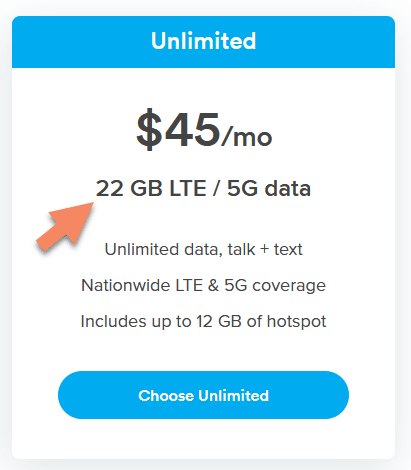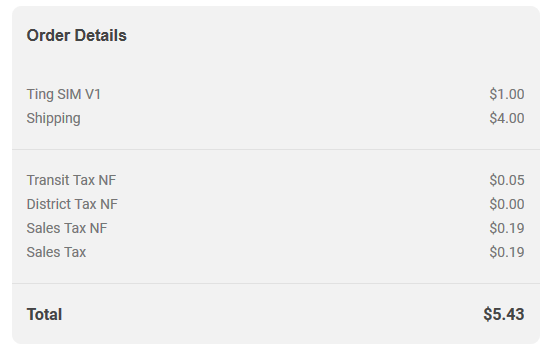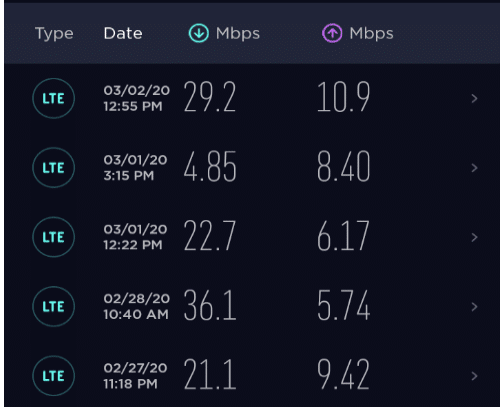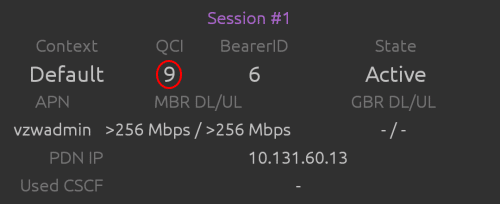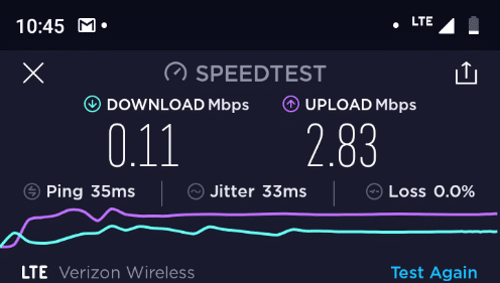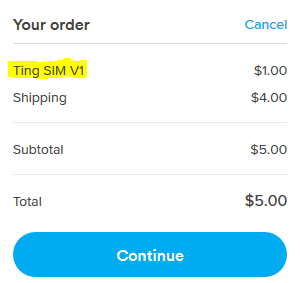In the leadup to the merger between T-Mobile and Sprint, Dish acquired Sprint’s prepaid subscribers and made a number of commitments to regulators. Among other obligations, Dish agreed to offer nationwide, postpaid service:1
Peter Adderton, the original founder of Boost Mobile, brought Dish’s commitment up on Twitter:
"Within one year of the closing of the Prepaid Business Sale, DISH will be required to offer nationwide postpaid retail mobile wireless service" Dish closed July 2020.
— Peter Adderton (@peter_adderton) December 9, 2021
Stephen Stokols, the CEO of Boost (now a Dish-owned company) pointed out that Dish met its commitment after acquiring Ting:
Ting!
— stokols (@stokols) December 9, 2021
Technically, Stokols is right. Ting offers postpaid service, and it’s available nationwide.
I feel like Dish found a loophole. I’m guessing regulators perceived “nationwide postpaid” to be a proxy for something like “high-end service for the mass market.” Ting is a small-scale carrier that largely caters to budget-conscious consumers.



